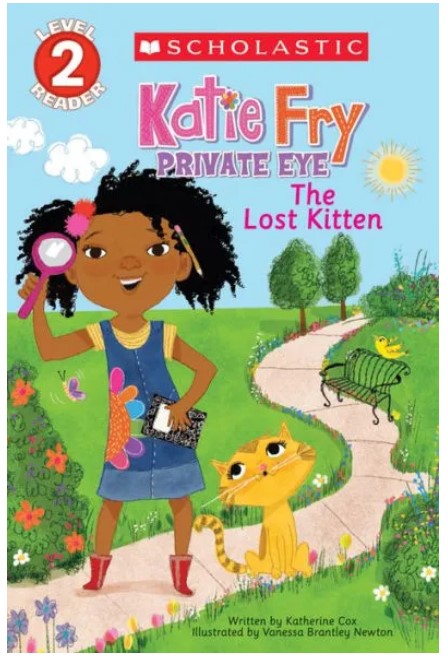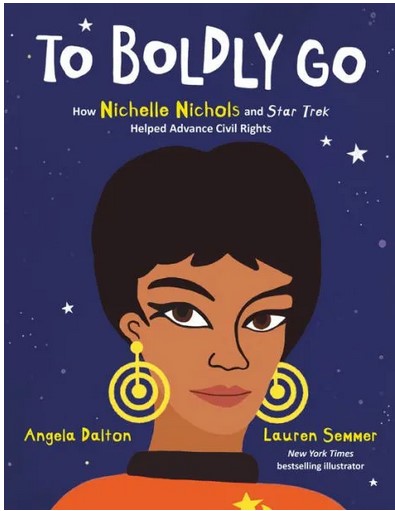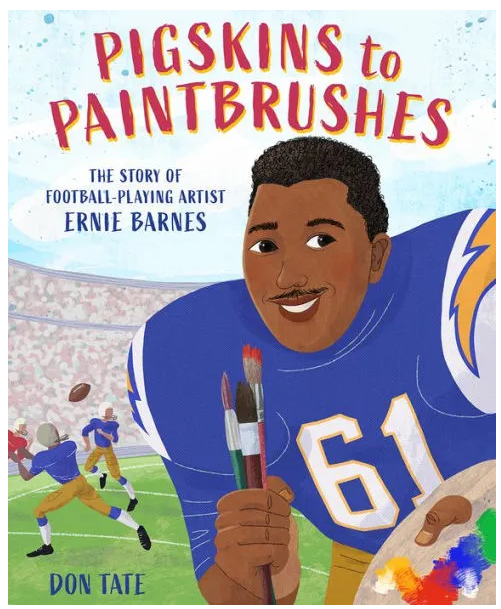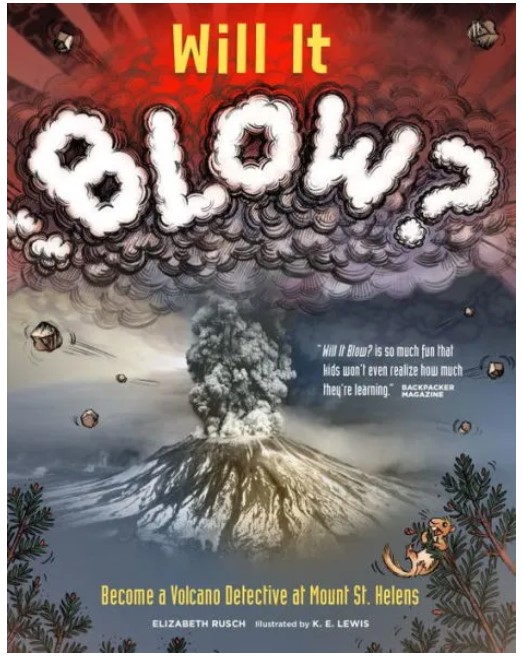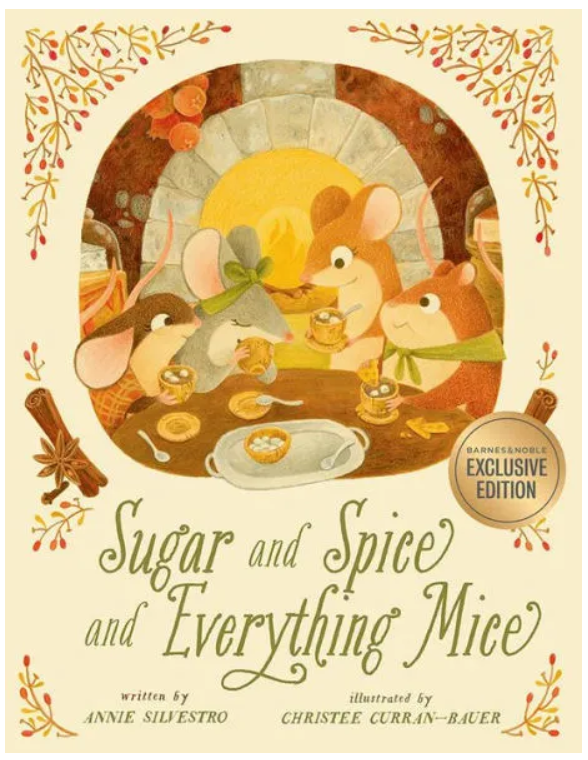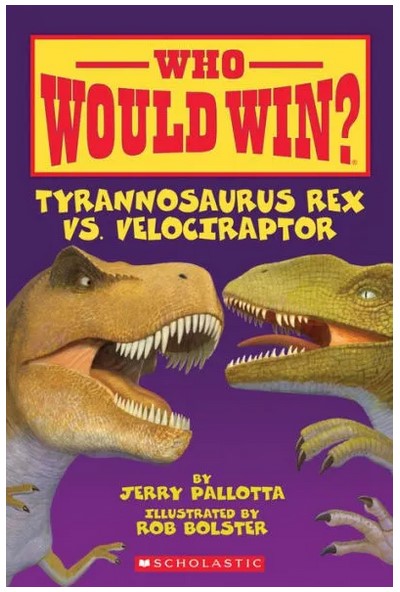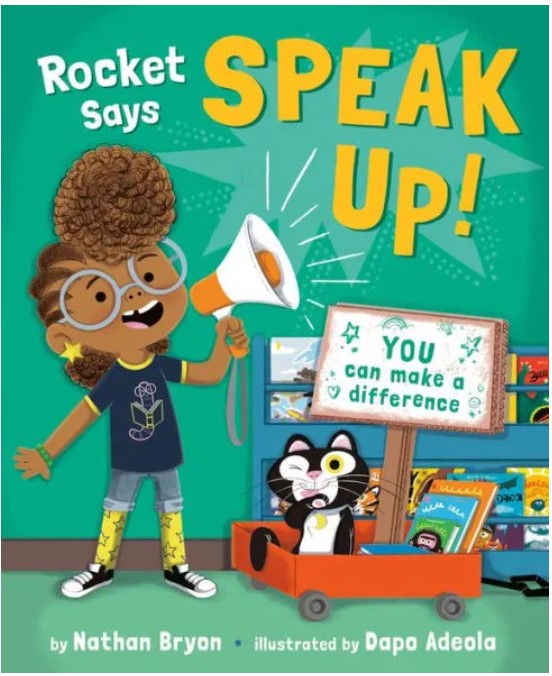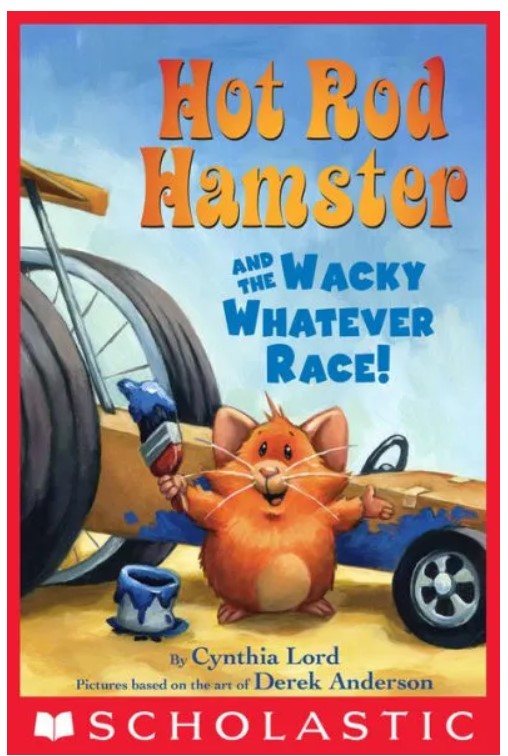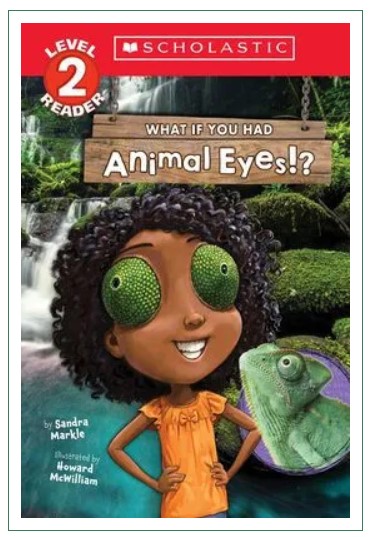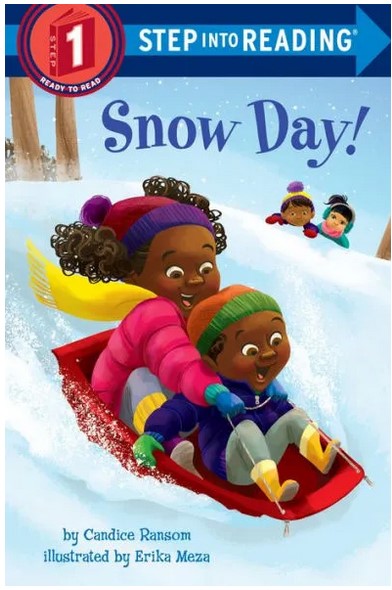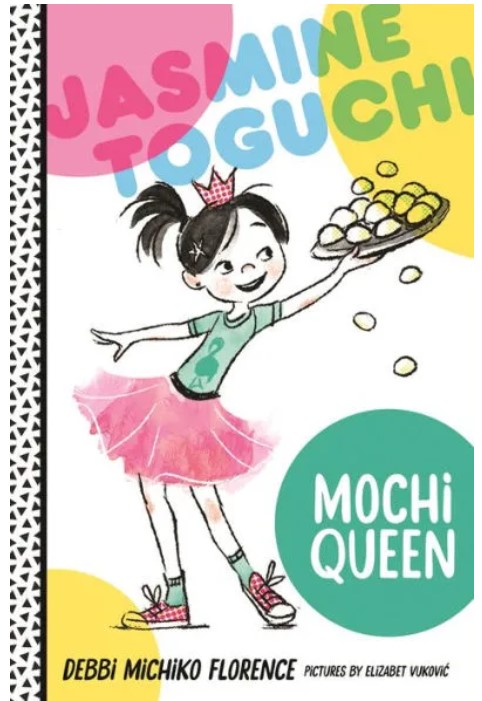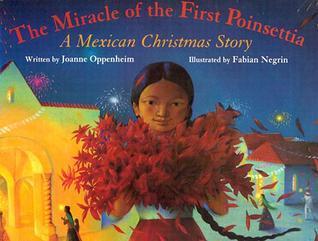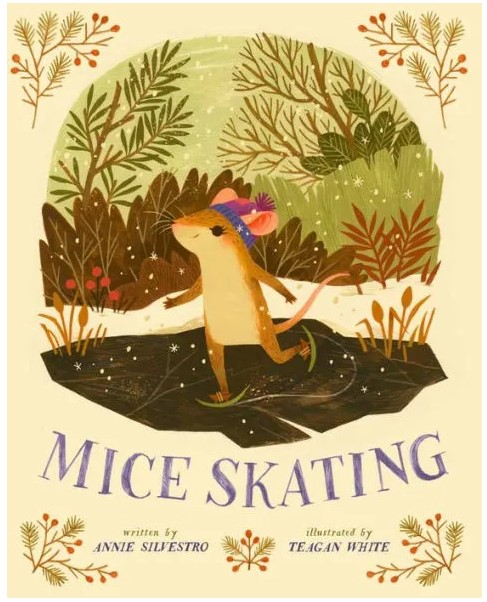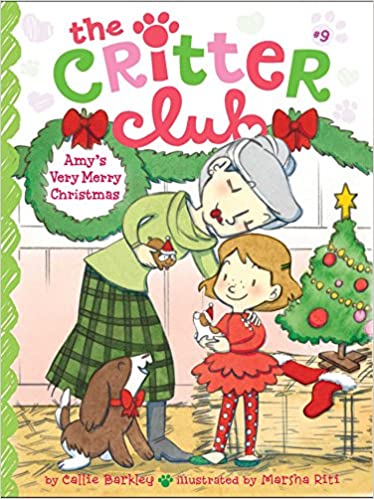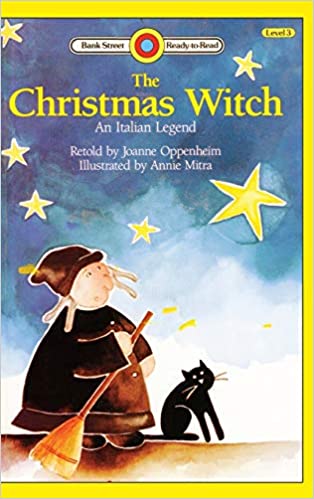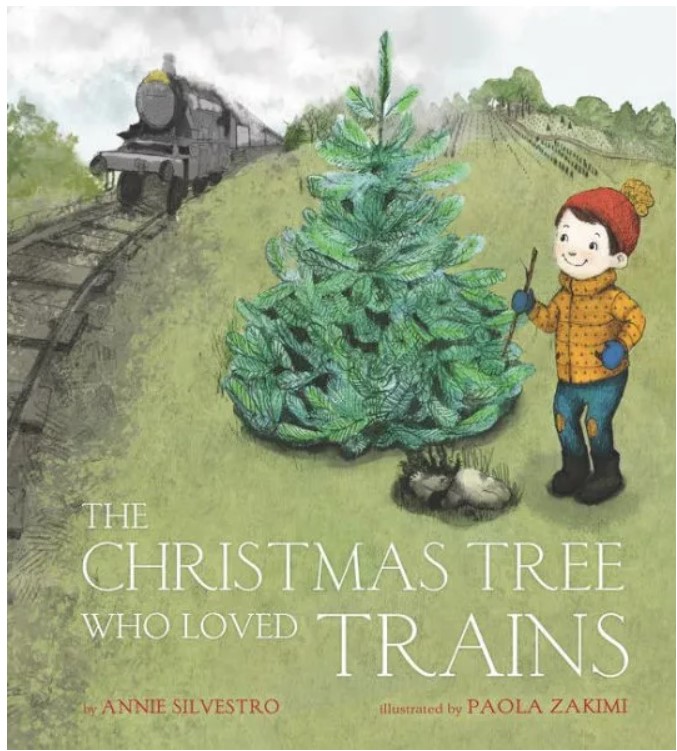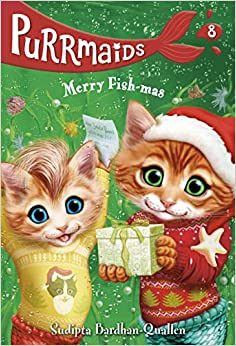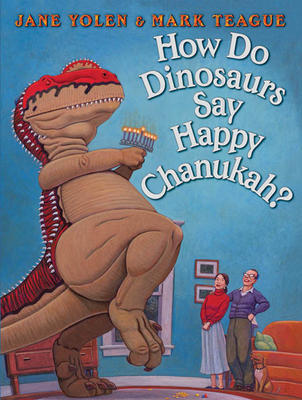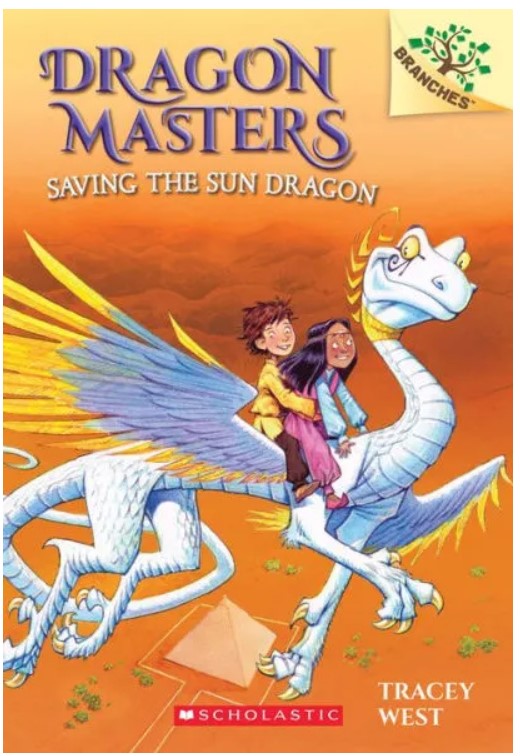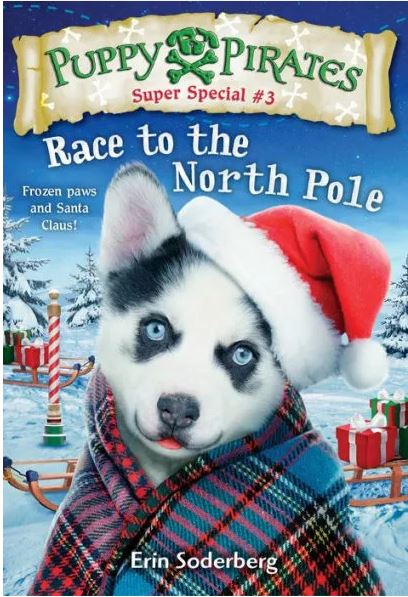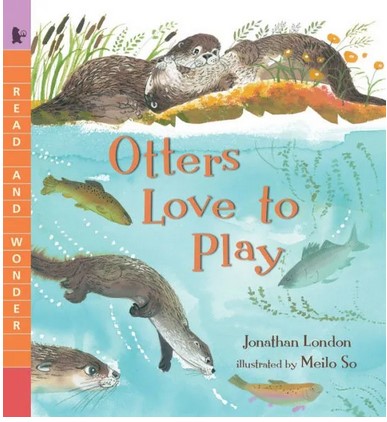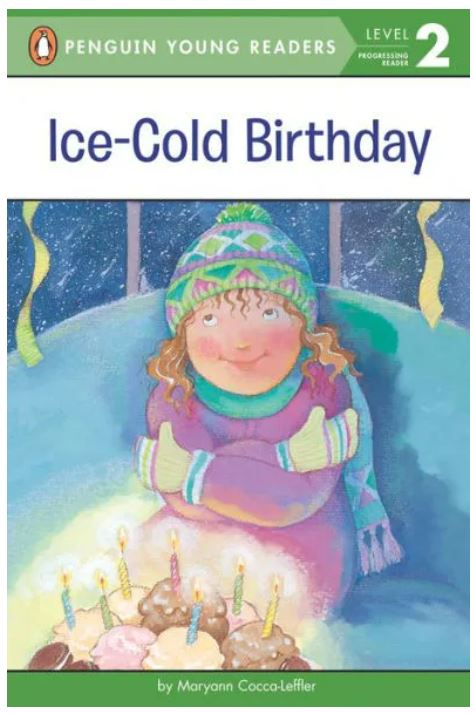Katie Fry may be little, but she’s got a big brain, and she uses it to solve mysteries. So when she finds a very cute, VERY lost kitten named Sherlock, she decides to take his case. Can Katie track down the clues to find Sherlock’s home? Beginning readers will love hunting for clues in the art right along with Katie and Sherlock!
Katie Fry is a curious protagonist that readers will love. She uses her powers of observation to help the cat, Sherlock, find his home. For example, when Katie first finds Sherlock, she notices that Sherlock has “trimmed nails, coat is brushed and cared for,” and the “fur around his neck is pushed down.” From this Katie deduces that “you once had a home and a collar.” When Katie runs out of clues, a yellow bird suddenly appears and reveals what he knows about Sherlock’s past. In the end, Katie finds Sherlock’s home, but that’s not the end of their friendship. The last page shows Katie and Sherlock, ready to solve another mystery.
The Lost Kitten is part of Scholastic’s Level 2 Reader, which is perfect for developing readers, who are ready to learn new vocabulary words. Each page has one to three sentences. While most of the vocabulary is basic, readers may need help with more advanced words such as adventures, Sherlock, and evidence. Much like a picture book, every page has a brightly colored, large illustration. The illustrations will help readers understand the plot as well as give readers a chance to look for clues.
The Katie Fry, Private Eye Series will appeal to a wide range of readers including those who love animals, mysteries, and a compassionate protagonist. The simple plot engages readers who will try to solve the mystery alongside Katie. For more reading fun, check out the following books: Shampoodle by Joan Holub, Otters Love to Play by Jonathan London, and The Firefly with No Glow by Rebecca Smallberg.
Sexual Content
- None
Violence
- None
Drugs and Alcohol
- None
Language
- None
Supernatural
- None
Spiritual Content
- None
